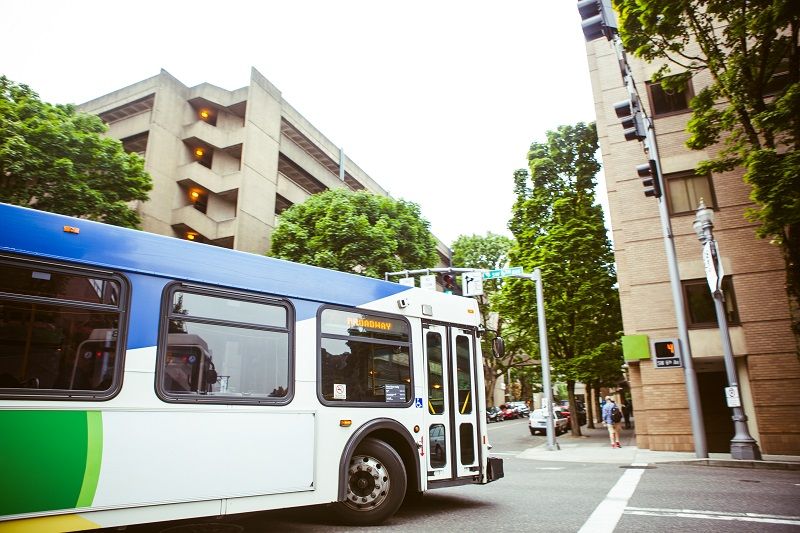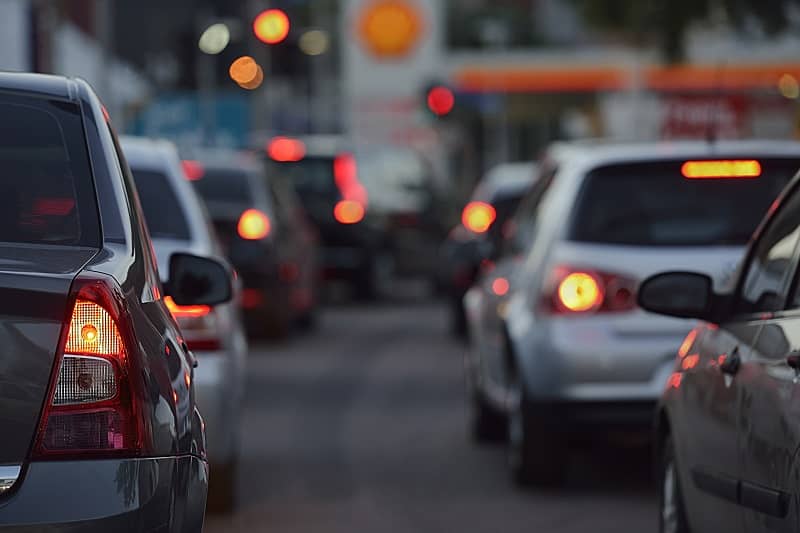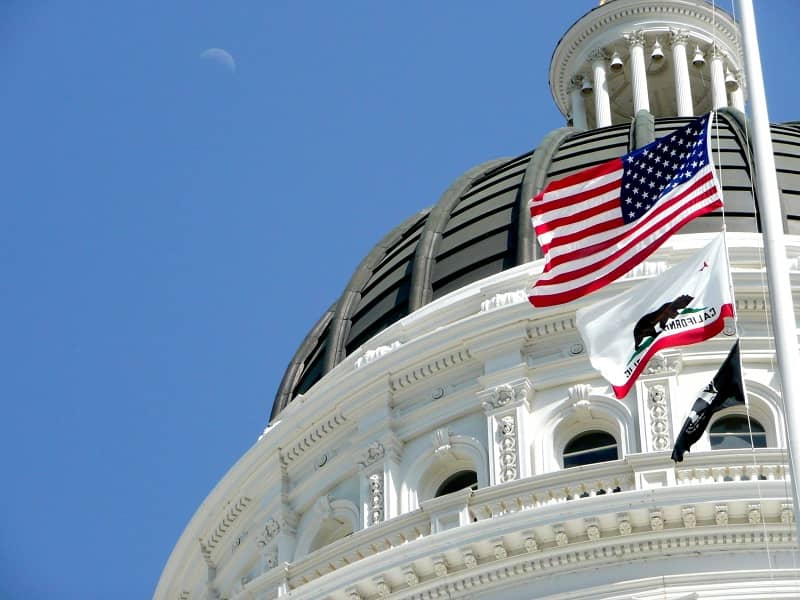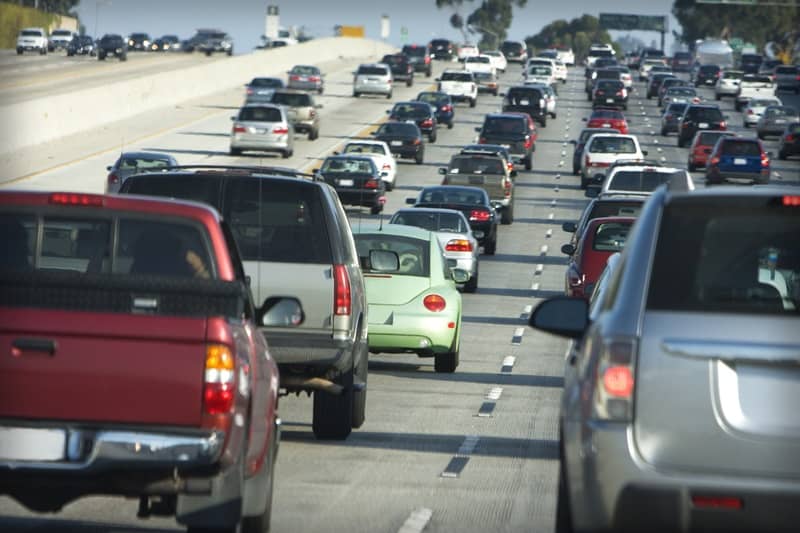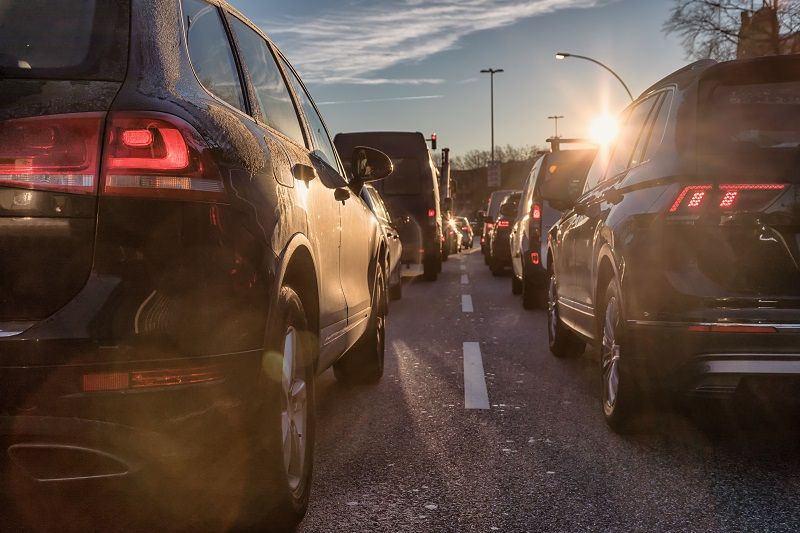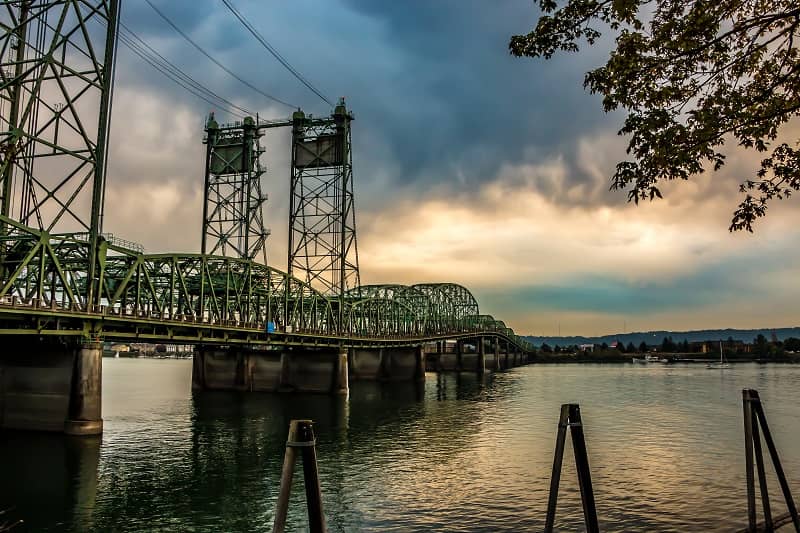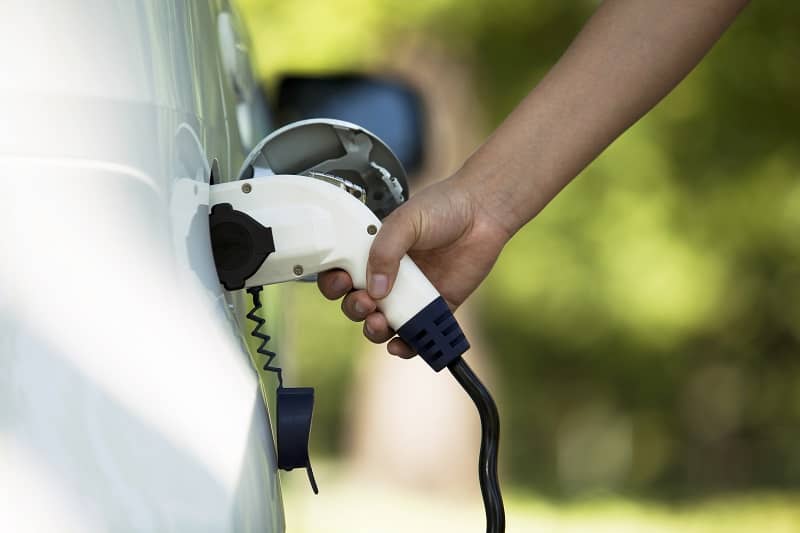By John A. Charles, Jr.
In 2017, when the Oregon Legislature authorized a modest highway widening project on I-5 just north of the I-84 intersection, it was expected to improve travel speeds and reduce traffic accidents. The estimated construction cost was $500 million-$700 million.
By 2021, the project had morphed into a social justice and real estate development scheme, with a new middle school thrown in as well. The latest price tag—not including the $120 million already appropriated by the legislature for the new school—is at least $1.5 billion and likely more.
Since the Oregon Department of Transportation (ODOT) is currently analyzing public comments previously received on the Supplemental Environmental Assessment (SEA), now is a good time to consider whether the project is even viable in its current form. I think the answer is “no.” The project is too expensive and tries to do too much.
The Final Environmental Assessment should consider a less expensive project designed to accomplish the original goals: improve highway travel speeds and reduce traffic accidents. This can be accomplished with an additional lane in each direction for 1.7 miles and safety shoulders for emergency vehicle access.
Other issues that have been injected into the process, such as Gov. Kate Brown’s insistence on building highway covers to support six-story buildings, should be set aside. There are far cheaper ways to address “restorative justice” concerns related to the highway.
Many people don’t realize that ODOT has built auxiliary lanes on HWY 26, I-205, and I-5 in recent years; and the results have been positive. The auxiliary lane on I-5 southbound from Lower Boones Ferry Road to I-205, a distance of 1.5 miles, reduced vehicle hours of delay by 59% and crashes per year by 29%. The HWY 26 project added an auxiliary lane in both directions between Cornelius Pass Road and 185th Avenue, a length of 2.2 miles. The vehicle hours of delay dropped by 53%, and crashes per year went down by 30%. The combined costs of these projects were less than $50 million.
However, the Rose Quarter auxiliary lanes have generated intense opposition, largely due to concerns that the extra highway lanes will increase air pollution from motor vehicles. That was the reason why Gov. Kate Brown personally arranged for a legislative appropriation of $120 million last year to Portland Public Schools to replace Harriet Tubman Middle School, which is adjacent to I-5.
But apparently the Governor never read the 2019 Environmental Assessment. The analysis shows that local air quality is actually going to improve substantially by 2045 under any scenario, and it would improve even more if the auxiliary lanes were built. Total emissions of diesel particulate matter, acetaldehyde, ethylbenzene, and formaldehyde would all decrease with the “Build option” from 2017 through 2045. Additionally, eight out of ten pollutants show a greater percent decrease with new travel lanes compared to the No-Build option.
The Climate Change analysis has a similar conclusion. Greenhouse gas emissions are projected to be lower with the Build option versus the No-Build option and will be around 22% lower than they were in 2017.
The highway covers were also insisted on by Gov. Brown, as a means of providing real estate development opportunities on 4.1 acres of new space above the freeway. But the covers would add at least $500 million to the cost of the project, exclusive of the new buildings. That likely would make this the most expensive real estate project in Oregon history.
The Portland School Board has had difficulty finding a location for the new school. Since the original premise behind closing Tubman was false, the Board should either return the $120 million to the legislature or seek approval to use it for another purpose—such as investing the money in a “restorative justice” endowment fund to benefit local families affected by urban renewal or highway projects. Wisely managed, this would create a new revenue stream in perpetuity that could benefit thousands of people. That seems more useful to the community than building a school the Board doesn’t need.
John A. Charles, Jr. is President and CEO of Cascade Policy Institute, Oregon’s free market public policy research organization.




